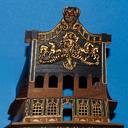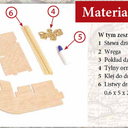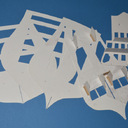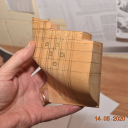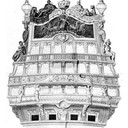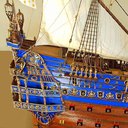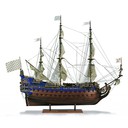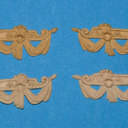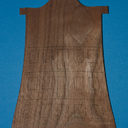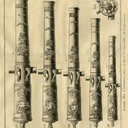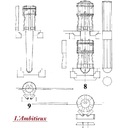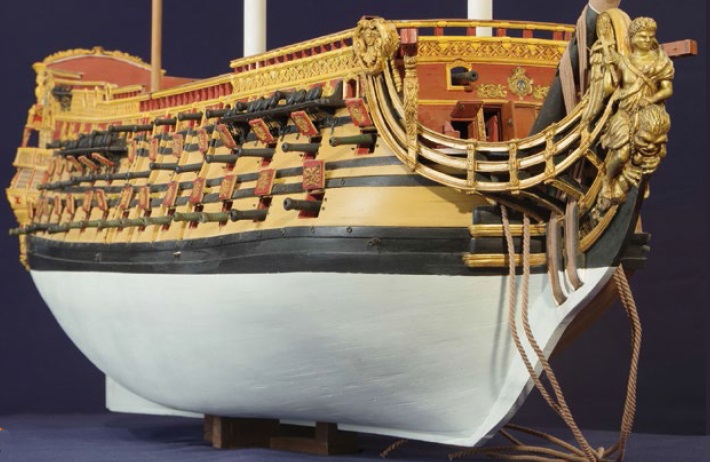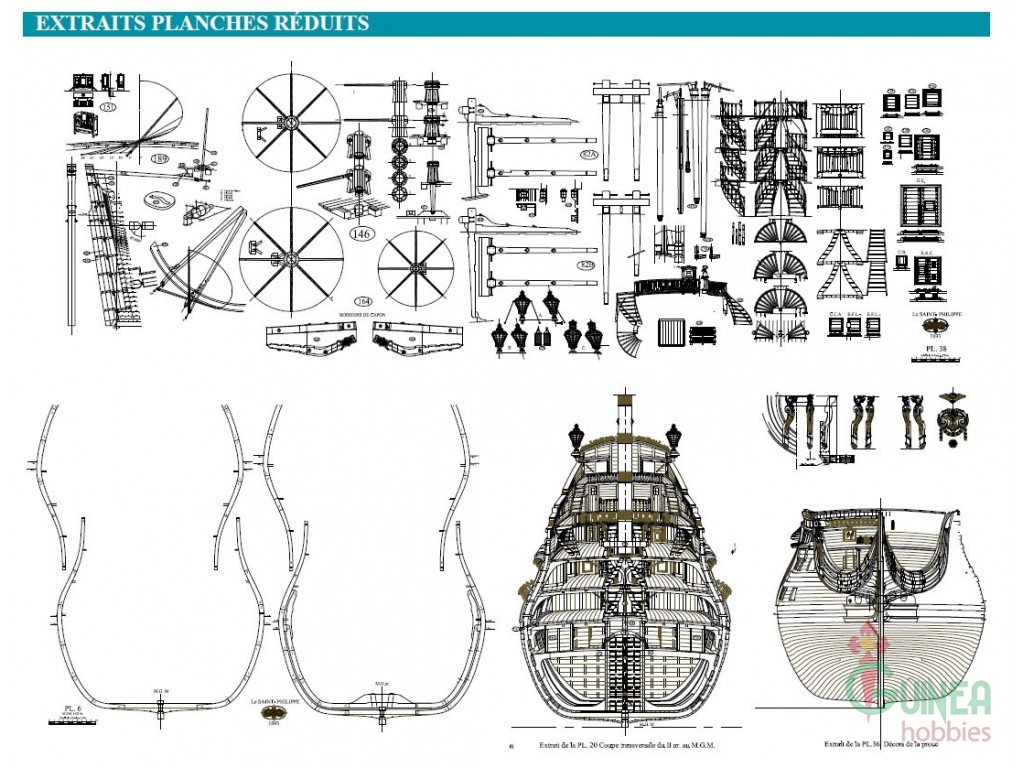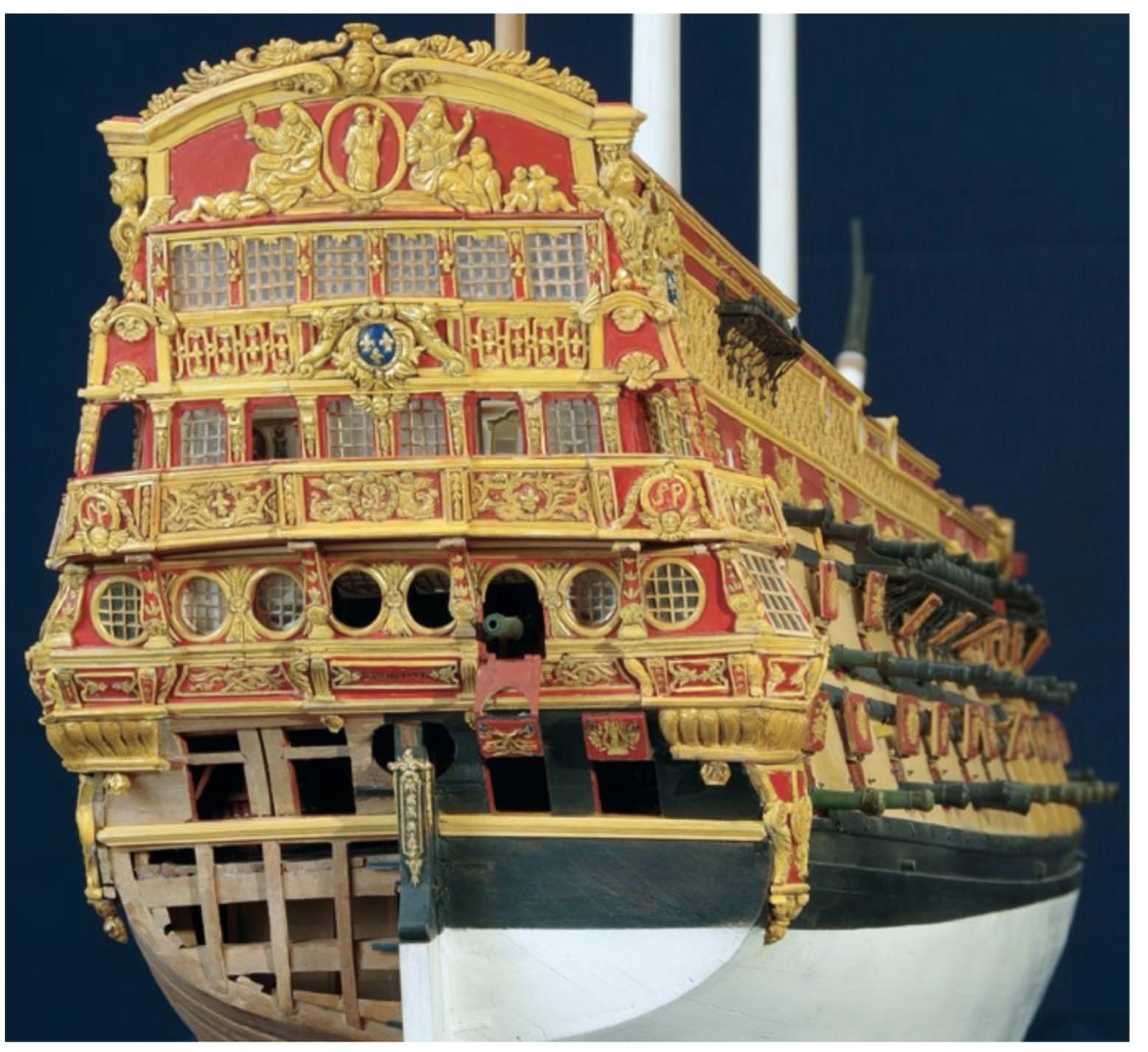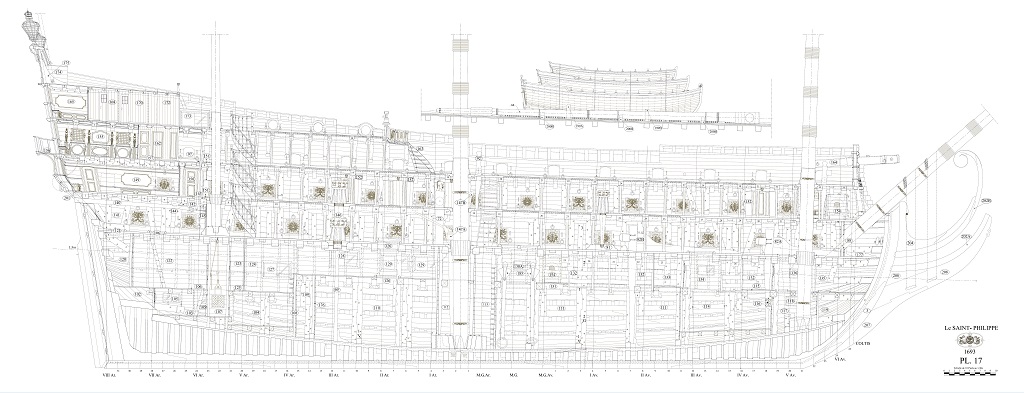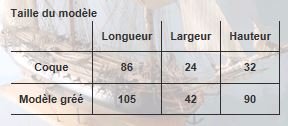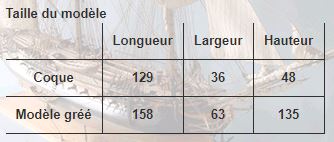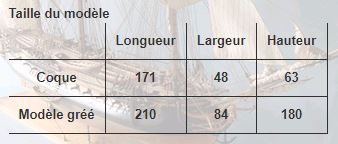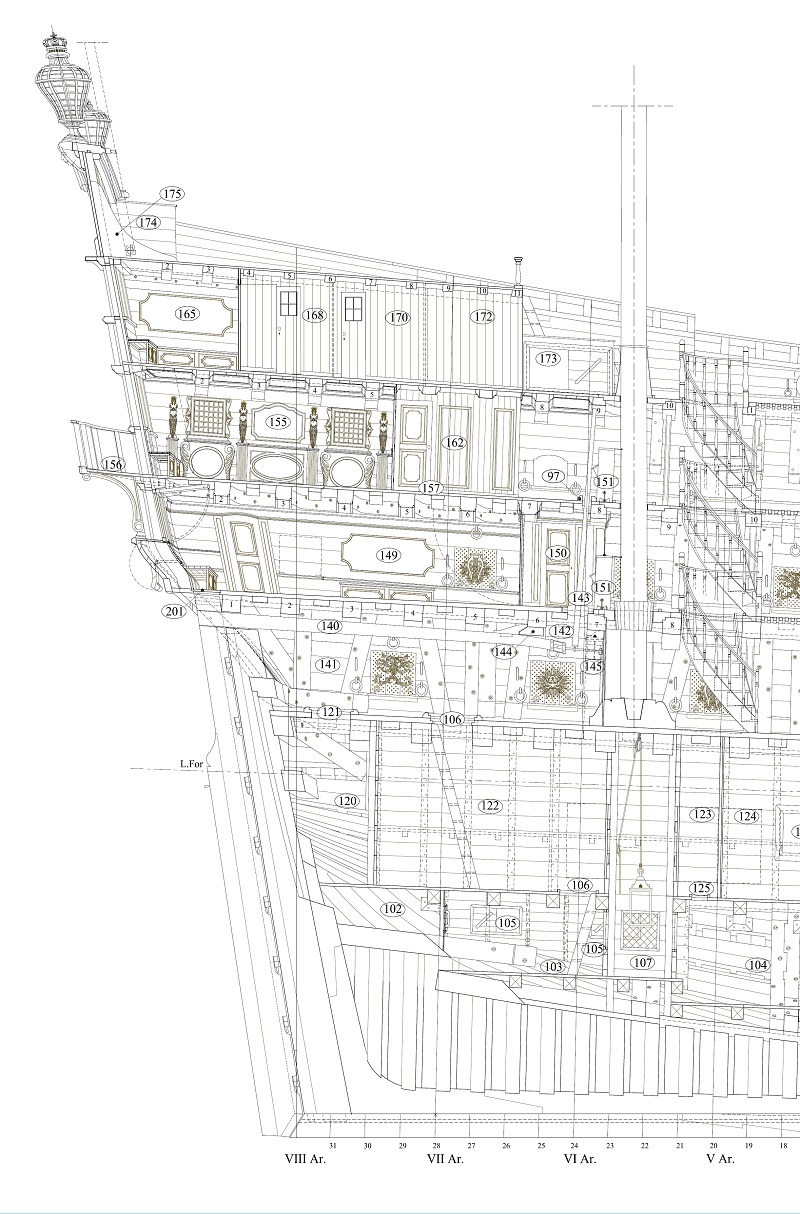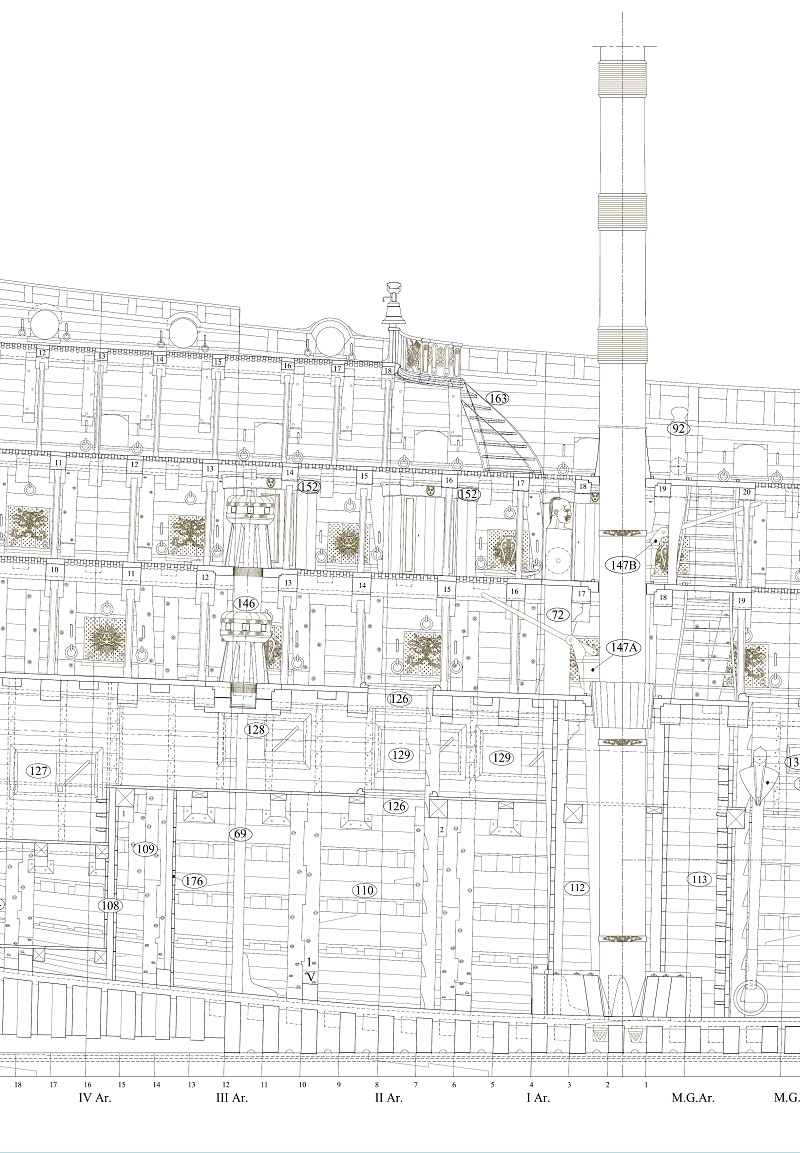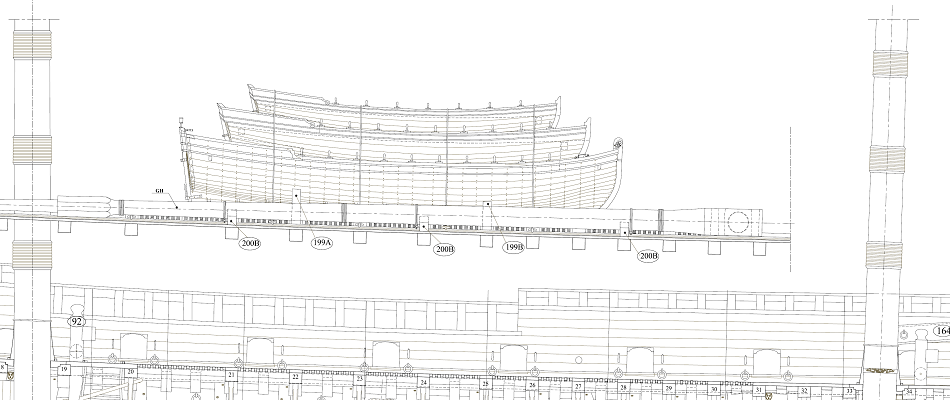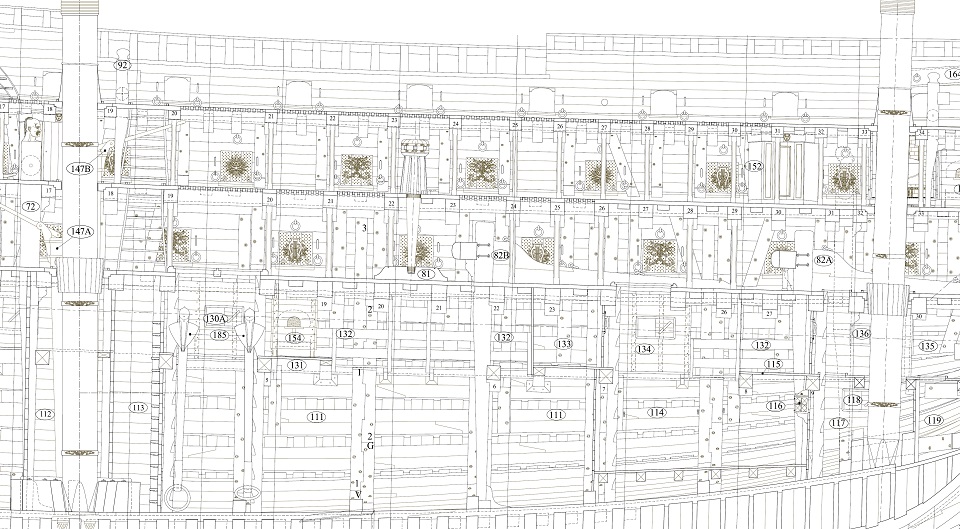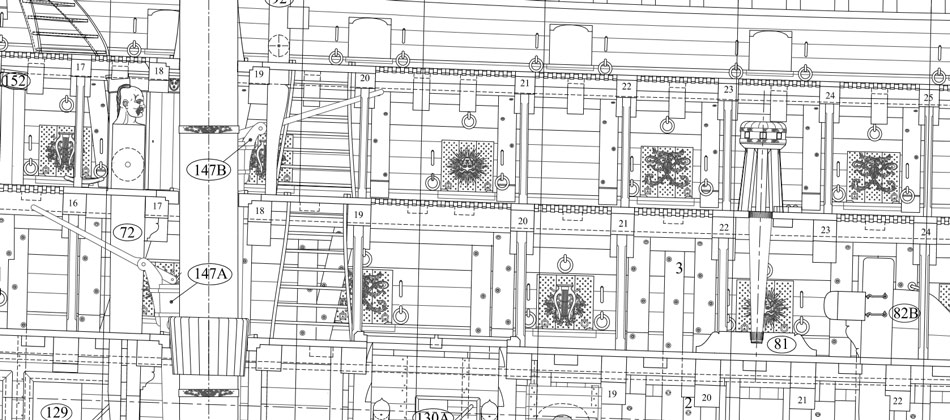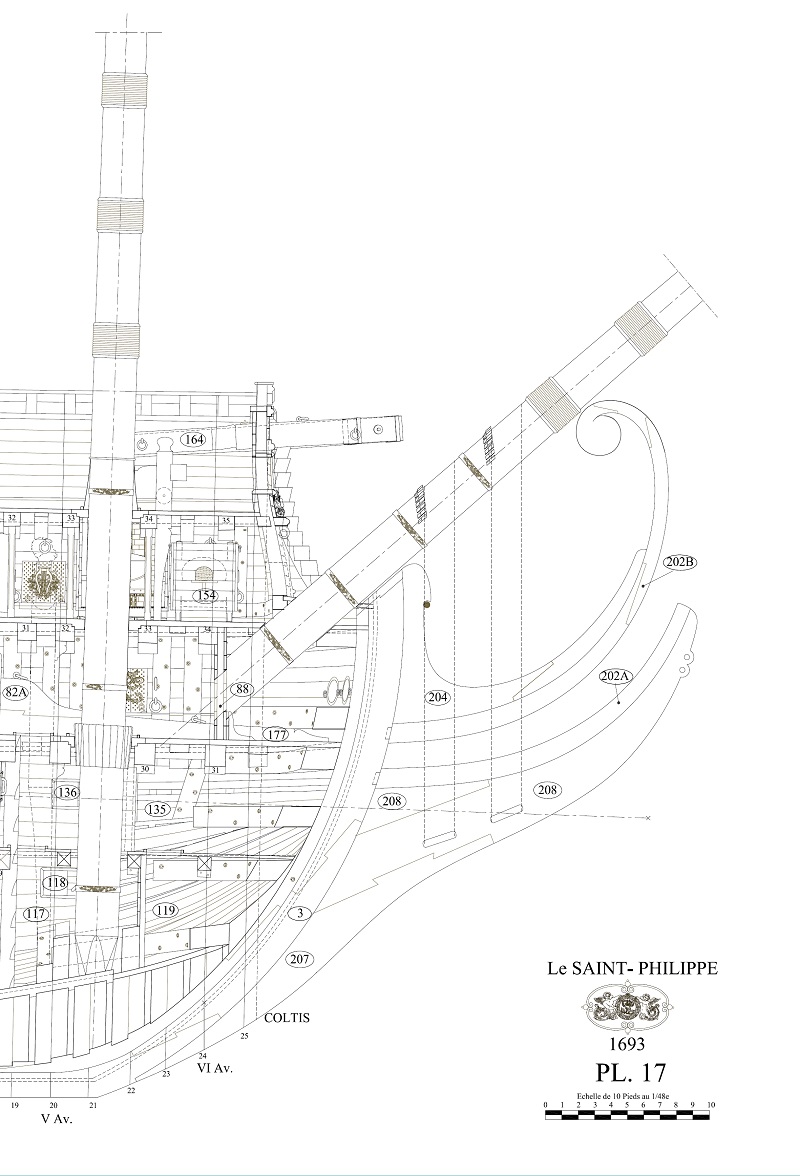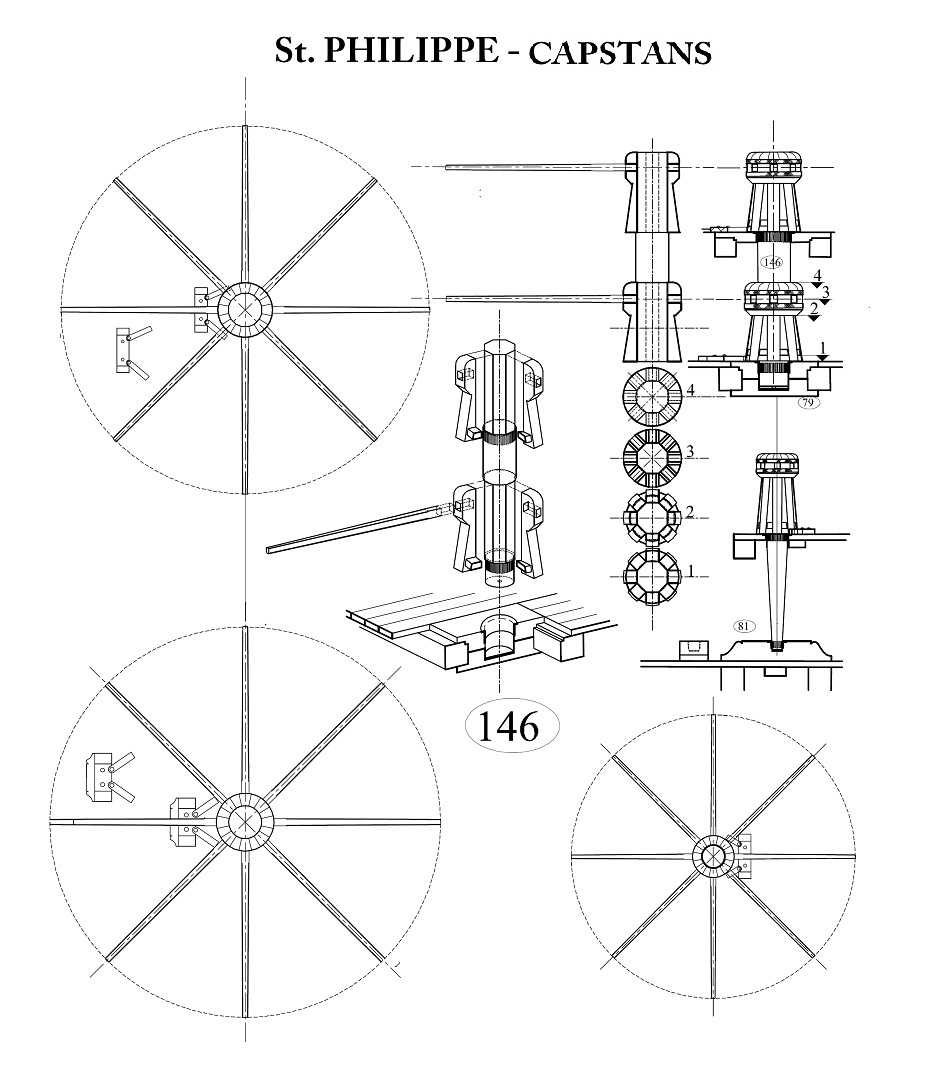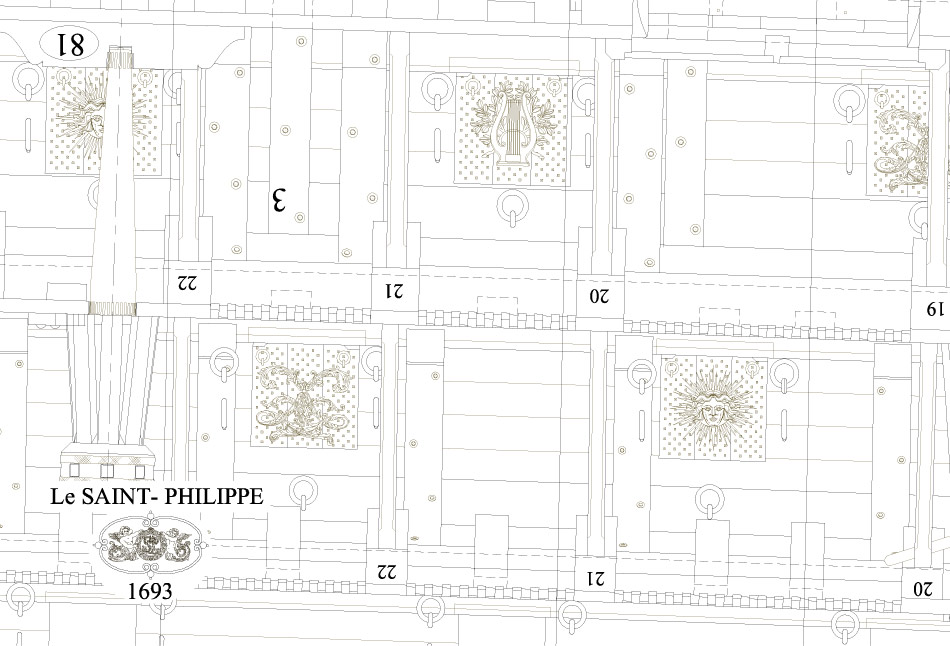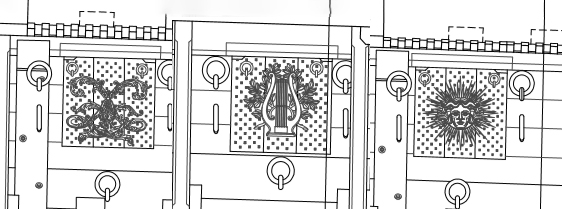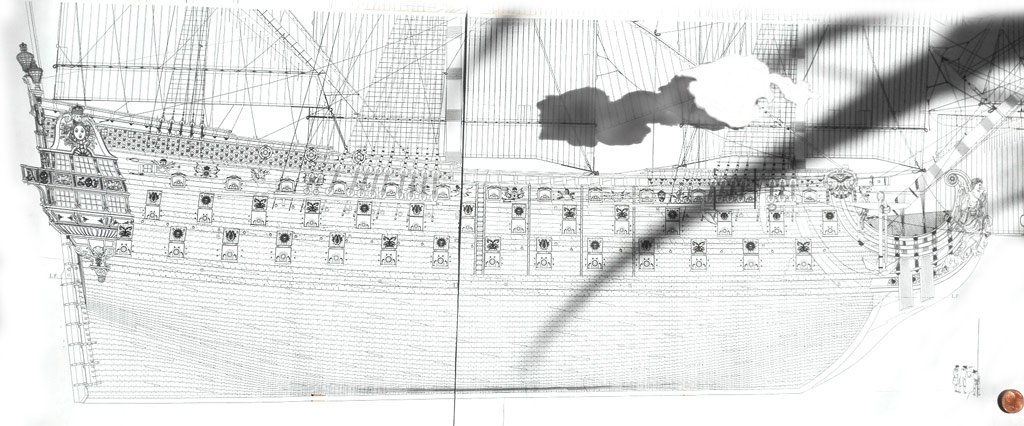- Jesteś tutaj:
-
Start

-
Grupy

-
Le Soleil Royal, 1670

-
Tytuł

-
OKRĘTY KRÓLA SŁOŃCE / The Saint-Philippe 1693 - 1715; monografia Ancre

OKRĘTY KRÓLA SŁOŃCE / The Saint-Philippe 1693 - 1715;...
- Zeszyt 125 / Ozdoba zwieńczenia hełmu 0 odpowiedzi Rozpoczęta przez Karrex
- DeAgostini SOLEIL ROYAL / Zeszyty 121 - 140 0 odpowiedzi Rozpoczęta przez Karrex
- Zeszyt 117 Okucia jufersów 0 odpowiedzi Rozpoczęta przez Karrex
- Zeszyty 114, 115, 116 Kolumienki balustrad 0 odpowiedzi Rozpoczęta przez Karrex
- [Le Soleil Royal] Różnice w kolekcjach 1 odpowiedzi Rozpoczęta przez Karrex
- SOLEIL ROYAL / 1:72 / nowość 2021 / ARTESANIA LATINA 0 odpowiedzi Rozpoczęta przez Karrex
- [DeAgostini] Soleil Royal / Nowa kolekcja na wschodzie 1 odpowiedzi Rozpoczęta przez Karrex
- [DeAgostini] KOLEKCJA / PROBLEM Z TRALKAMI 2 odpowiedzi Rozpoczęta przez Karrex
- Zobacz wszystkie dyskusje (62)
Le Saint-Philippe 1693 - 1715
Święty Filip był okrętem liniowym pierwszej rangi francuskiej marynarki królewskiej Ludwika XIV, drugim okrętem w dwuokrętowej klasie Tonnant (siostrzana jednostka Tonnant). 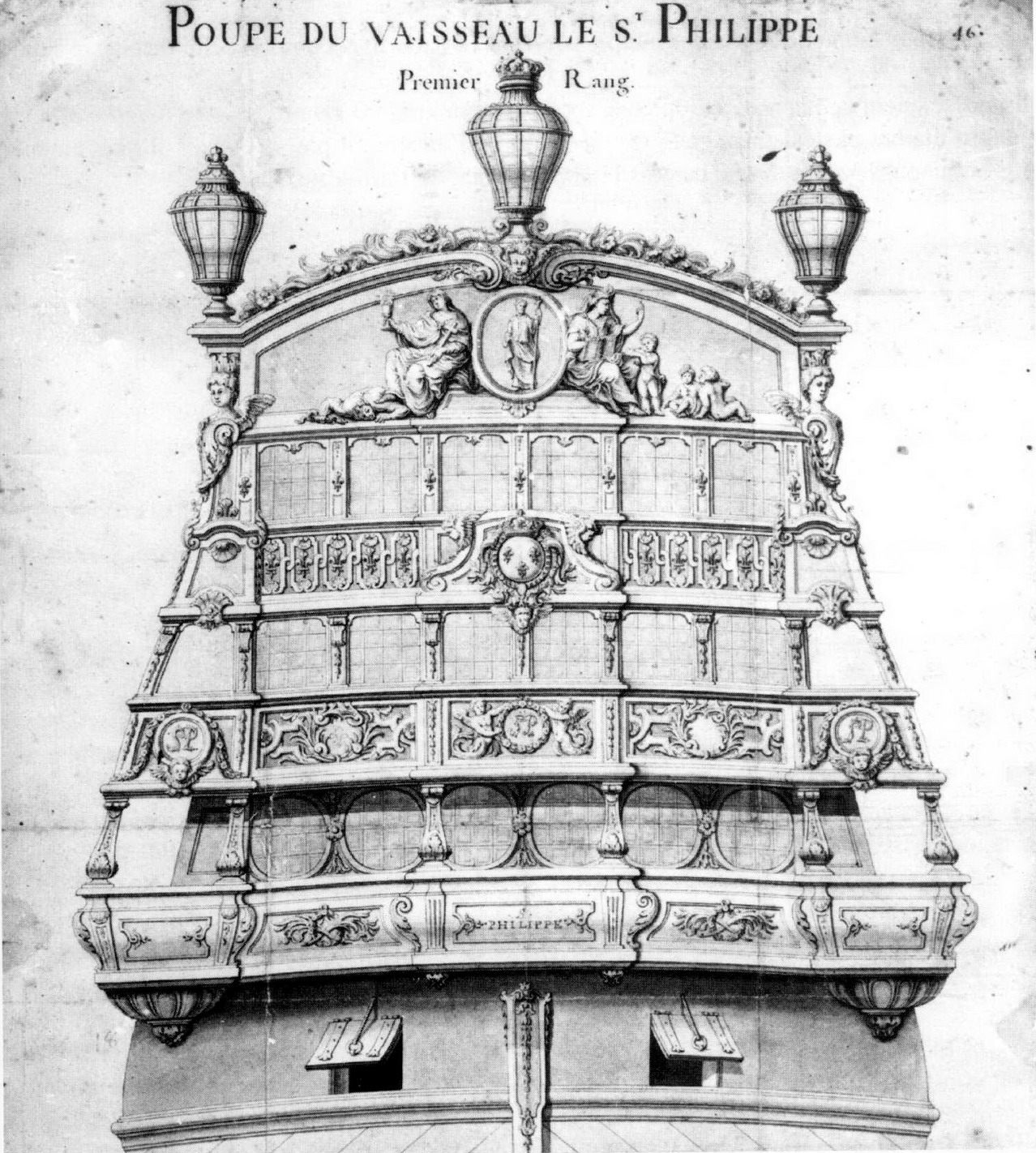
Okręt został zamówiony pod koniec 1692 roku w stoczni w Tulonie, a 20 stycznia 1693 roku otrzymał nazwę Saint Philippe, przyjmując nazwę liniowca z 1662 r. utraconego po bitwie w La Hogue w czerwcu 1692 roku.
Projektantem i budowniczym obu okrętów był François Coulomb, Plany były powiększeniem jego projektu z 1691 roku okrętu Berło (Le Sceptre), z dodatkową parą dział (i dział) na każdym poziomie. Były to trzypokładowe okręty bez pomostów. Saint Philippe został zwodowany w październiku 1693 roku i ukończony w grudniu tego samego roku.
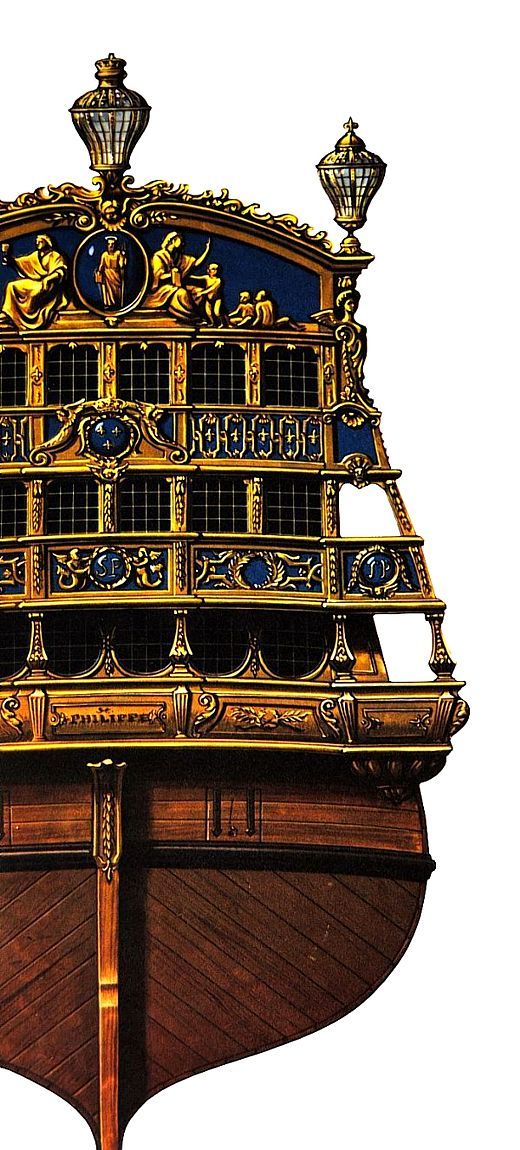
Początkowo był uzbrojony w 90 dział, w tym dwadzieścia osiem 36-funtowych na dolnym pokładzie, trzydzieści 18-funtowych na środkowym pokładzie, dwadzieścia sześć 12-funtowych na górnym pokładzie i sześć 6-funtowych na ćwierćpokładzie.
Saint Philippe został przebudowany w Tulonie od lutego 1699 do 1700;
Dla wyjaśnienia bohater wątku Soleil Royal (1670 - 1692) służył z poprzednikiem "tego Filipa" St. Philippe (1663 - 1692) 74-działowcem, oba okręty brały udział w swojej ostatniej bitwie pod La Hague (zwanej też bitwą pod Barfleur) 29 maja 1692 r. i oba zostały spalone przez Anglików na początku czerwca 1692 r., (tak jak i Ambitieux, który się nie nawojował, zbudowany i spalony w tym samym roku 1692).
To następca, drugi Soleil Royal (1692 – 1713) służył w tym samym okresie co "ten Filip" St. Philippe (1693 - 1714).
Ten St. Philippe nie ma już forkasztela, co widzimy na późniejszych liniowcach hiszpańskim Santisima Trinidad i angielskim HMS Victory (wcześniejszych bohaterach kolekcji zeszytowych
2.1 Saint-Philippe, 1662 – 1692
2.2 Royal Louis 1668 – 1697
2.3 Soleil Royal 1669 – 1692.
The Saint-Philippe 1693 - 1715
Among these new vessels the Saint-Philippe, built in 1693 by Francois Coulomb at Toulon, would have an especially rich career, under the command of illustrious offi cers. She was especially noteworthy at the battle of Velez-Malaga in 1704 under the command of the Chevalier d’Infreville but this campaign would be her last.
The rare nature of studies dedicated to Louis XIV’s navy, the prestige surrounding the vessel under study, the abundance of pictorial information and the rich nature of the numerous commentaries makes this monograph a matchless trove.
BOOK MAKEUP
• 220 page brochure containing the source, the history and reduced-scale plates with commentaries
• 16 page full-color booklet showing details of admiralty-style rigged models
• 45 large format plates showing the full description of the vessel. (The sails and The Saint-Philippe under sail 1/96).
Chapter 1 - Presentation of sources
1.1 Data defi ning the general architecture and construction elements
1.2 Elements of decoration
1.3 Colors used in the days of the Saint-Philippe
1.4 Discussion about the theme of the decoration
1.5 Origins of vessels of the class of the Saint-Philippe
1.6 State of the Navy after 1692.
Chapter II - Flag-carrying vessels
2.1 Saint-Philippe, 1662 – 1692
2.2 Royal Louis 1668 – 1697
2.3 Soleil Royal 1669 – 1692.
Chapter III - The Coulombs, father and son and the Toulon naval constructions.
Chapter IV - Evolution of bronze guns casting.
Chapter V - Summary of the Saint-Philippe’s operational career.
Chapter VI - Description of the timber structure.
Construction of the vessel accompanied by 31 reducedscale plates.
Chapter VII - Drawings and commentaries of the plates.
Chapter VIII - Commentaries on photographs of models.
au 1/72
au 1/48
au 1/36
45 plates
Pl.1 Schematic elevation of the vessel
Pl.2 Schematic plan
Pl.3 Body plan
Pl.4 Construction of the head
Pl.5 Construction of the stern-frame
Pl.6 to Pl.14 Profile of the frames.
Pl.15 Elevation of the timber framing
Pl.16 Longitudinal section without furniture
Pl.17 Longitudinal section including furniture
Pl.18 Cross-section of the stern at station frame VI aft
Pl.19 Cross-sections at station frames V aft to III aft
Pl.20 Cross-sections at frames II aft to the main middle mould
Pl.21 Cross-sections from the main middle mould to frame II forward
Pl.22 Cross-sections from frame III to V forward
Pl.23 Plan of the hold
Pl.24 Arrangements in the hold and orlop deck
Pl.25 Plan of the first deck timber structure
Pl.26 Plan of the first deck including furniture
Pl.27 Plan of the second deck timber structure
Pl.28 Plan of the second deck including furniture
Pl.29 Plan of the third deck timber structure
Pl.30 Plan of the third deck including furniture
Pl.31 Plan of the quarterdeck timber structure
Pl.32 Plan of te quarterdeck acomodations and poop deck timber structure
Pl.33 Elevation view of the planked hull
Pl.34 Elevation view of the decorated hull
Pl.35 Structure of the stern and quarter-galleries
Pl.36 Decoration of the stern and head
Pl.37 Furniture I - Anchors - artillery - galley
Pl.38 Furniture II - Rudder - capstan - bitts
Pl.39 Furniture III - hatches - longboat - boats
Pl.40 Decoration and furnishings of the accomodations
Pl.41 Mainmast spars
Pl.42 Foremast spars
Pl.43 Mizzenmast and bowsprit spars
Pl.44 Sails (1/96 scale)
Pl.45 The St-Philippe under sail (1/96 scale)
Latarnie
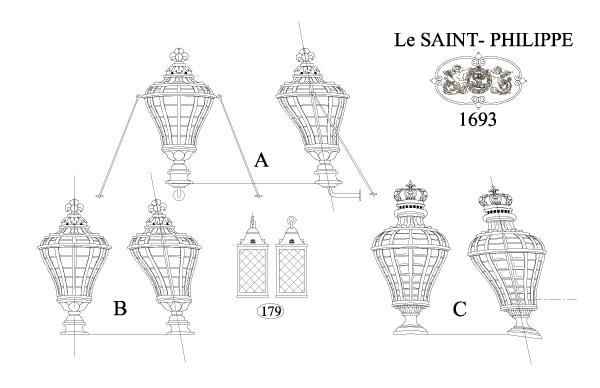
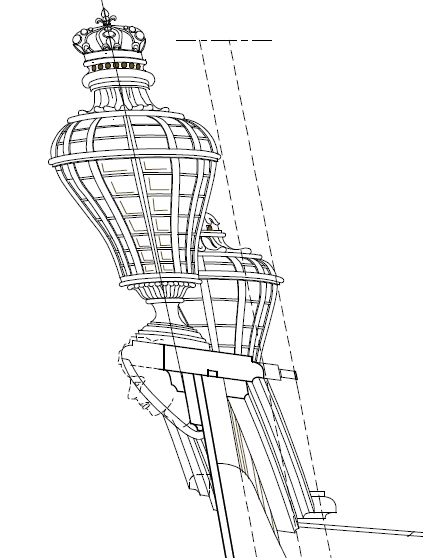
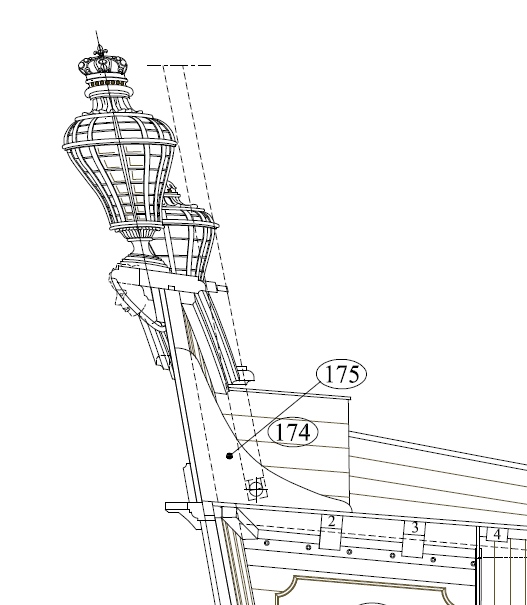
Kabestany
Klapy ambrazur
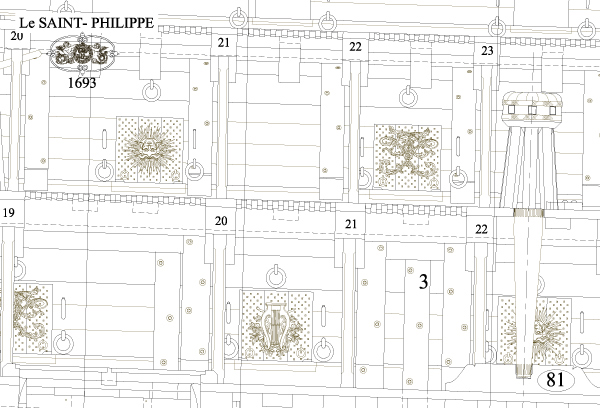
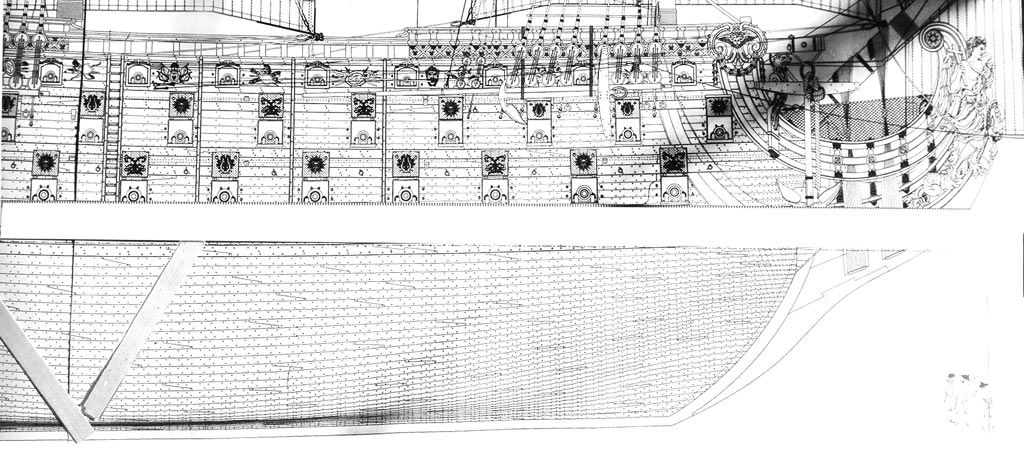
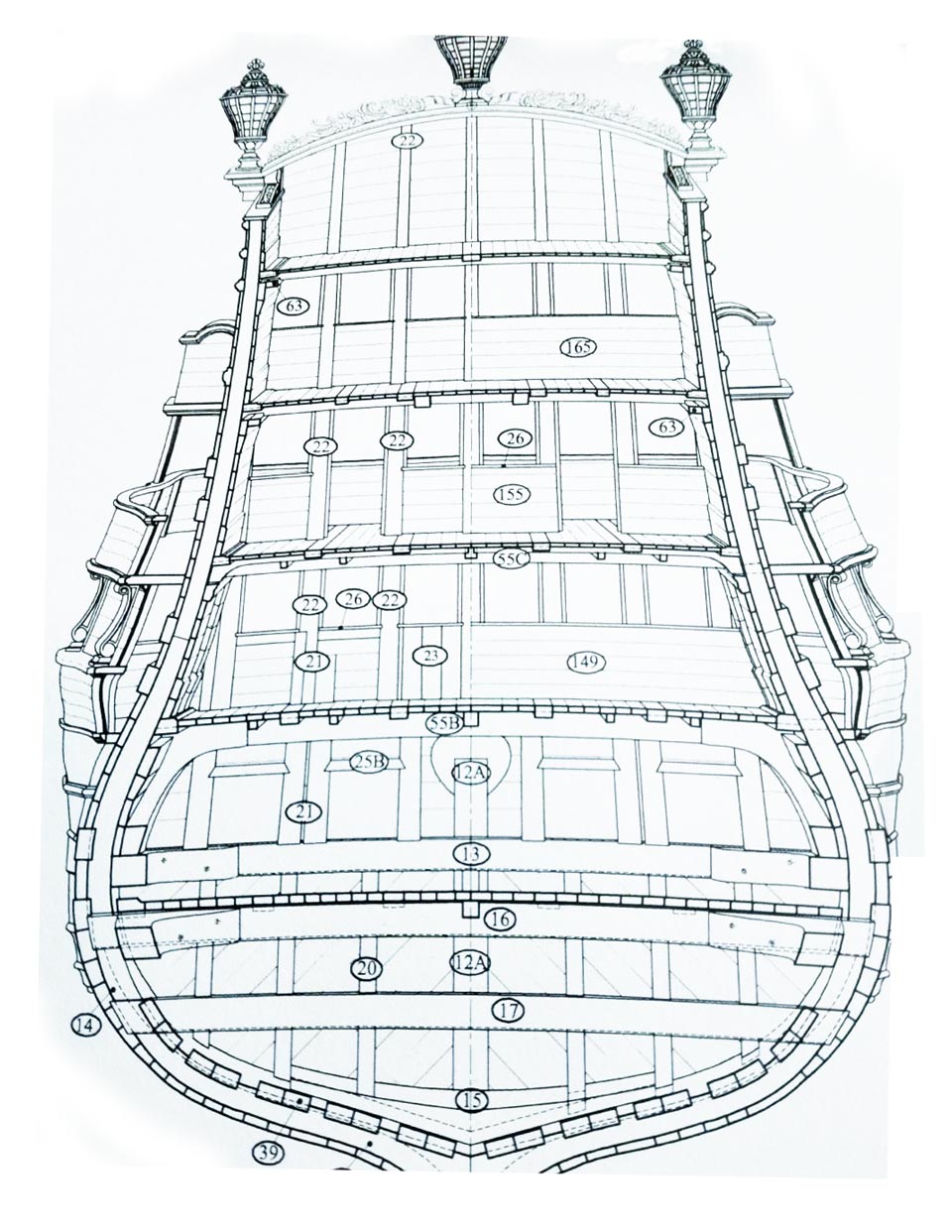
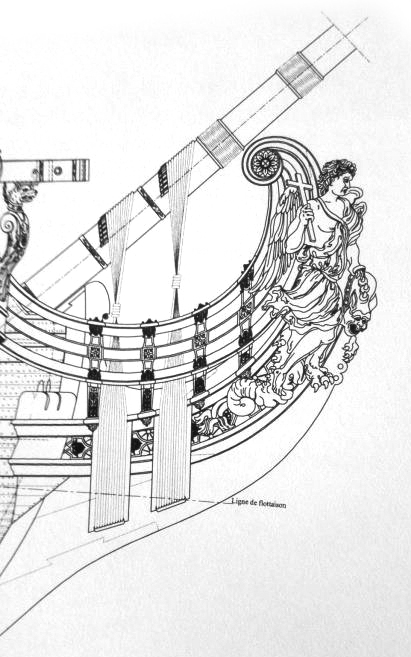
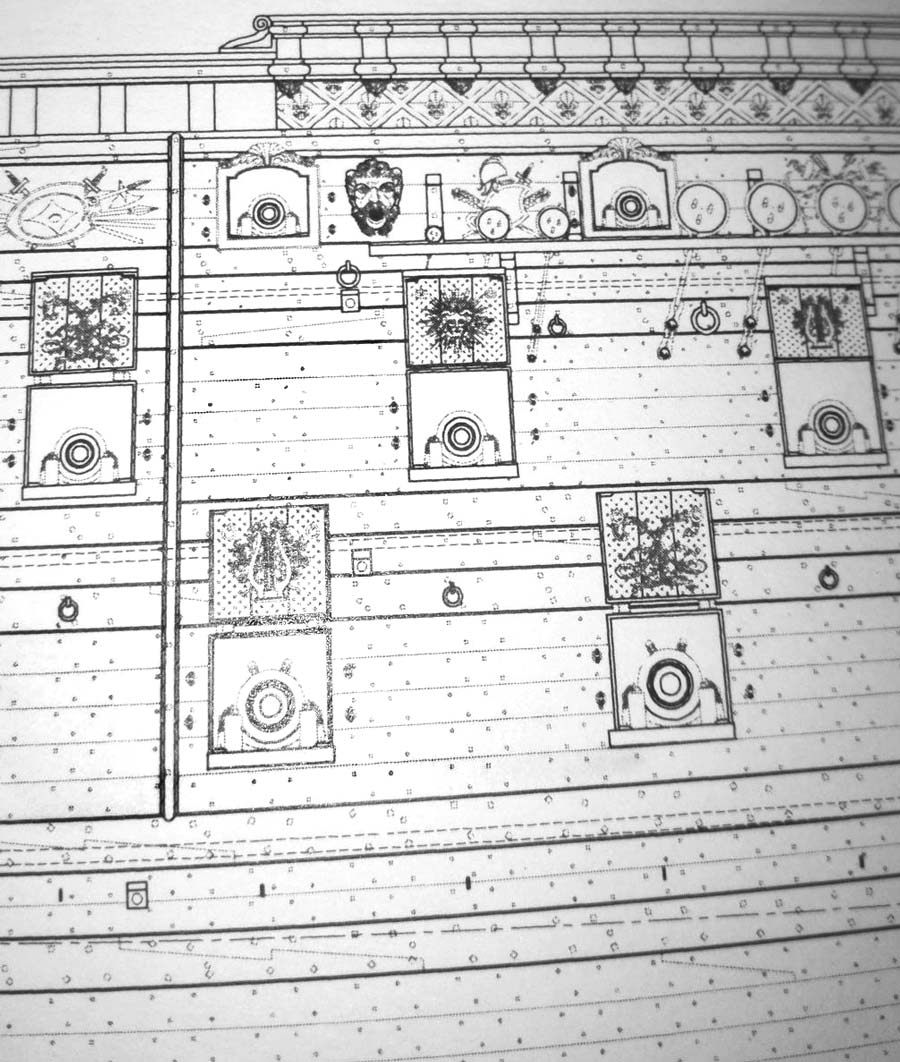
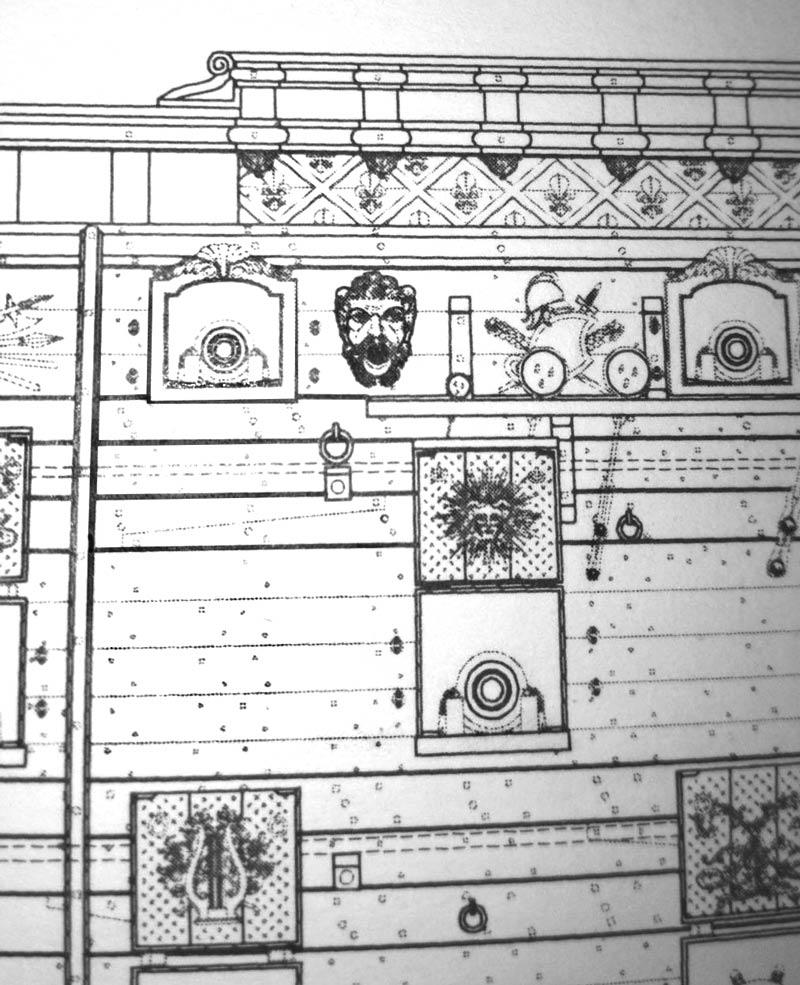
Trophy (panoplia) i ozdoby
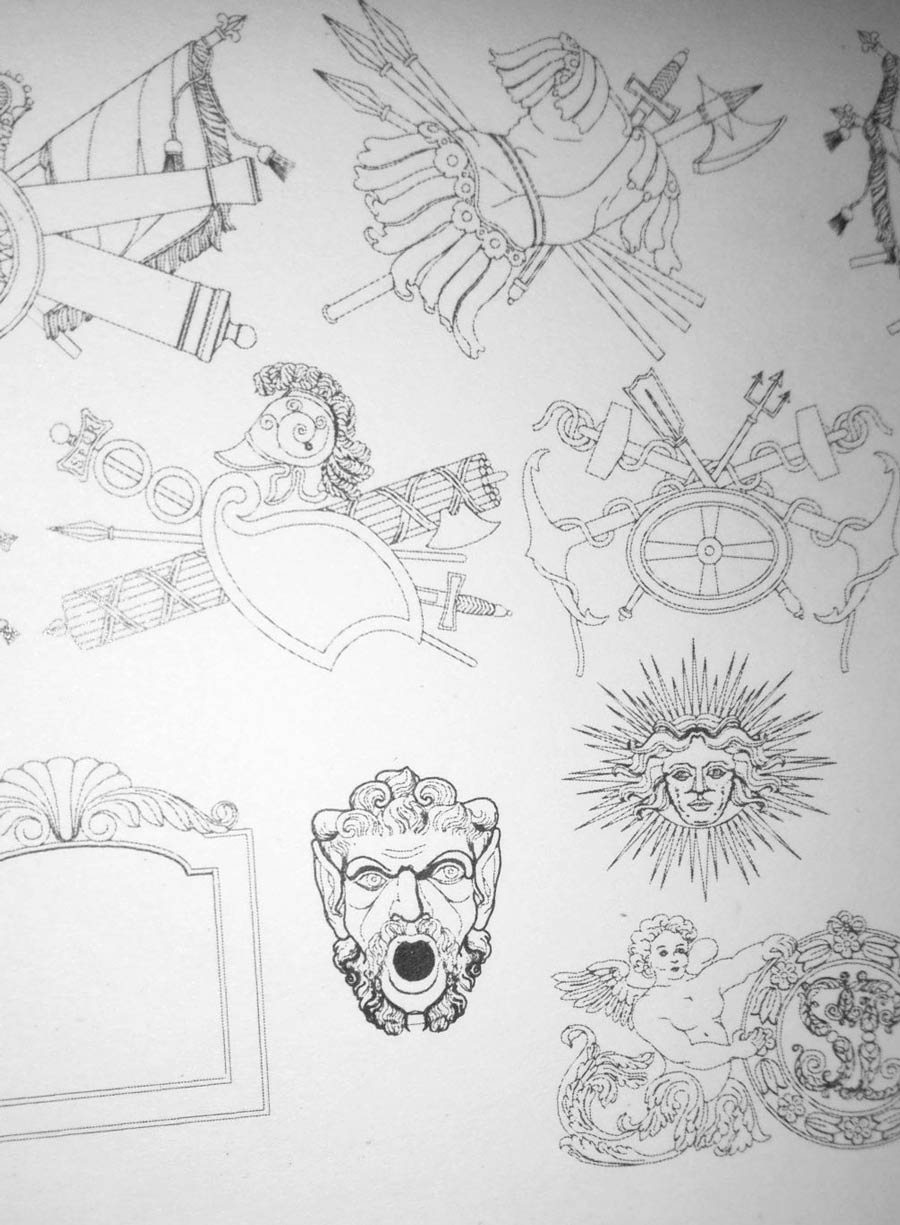
_________________
Pozdrawiam
Karol


